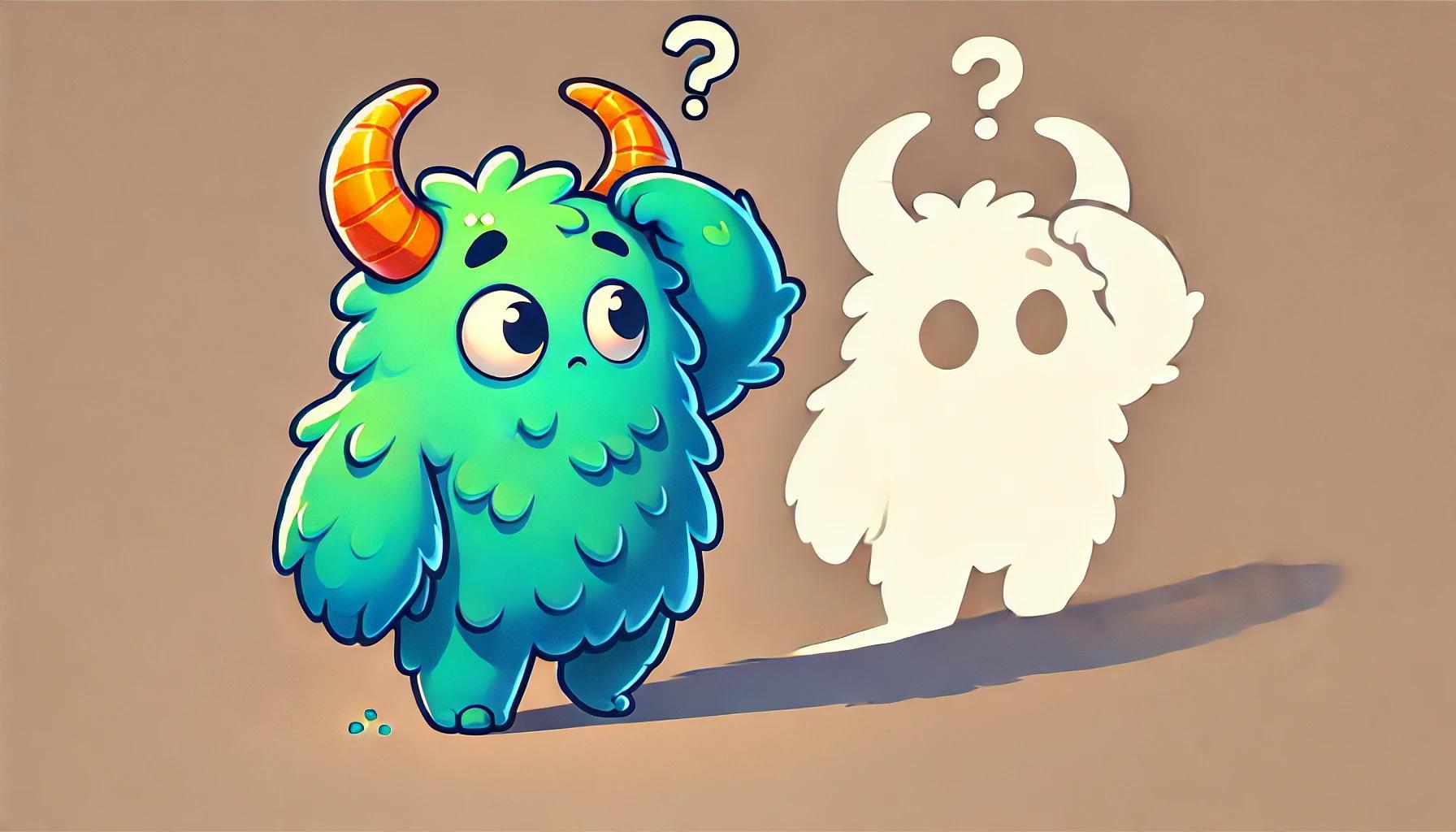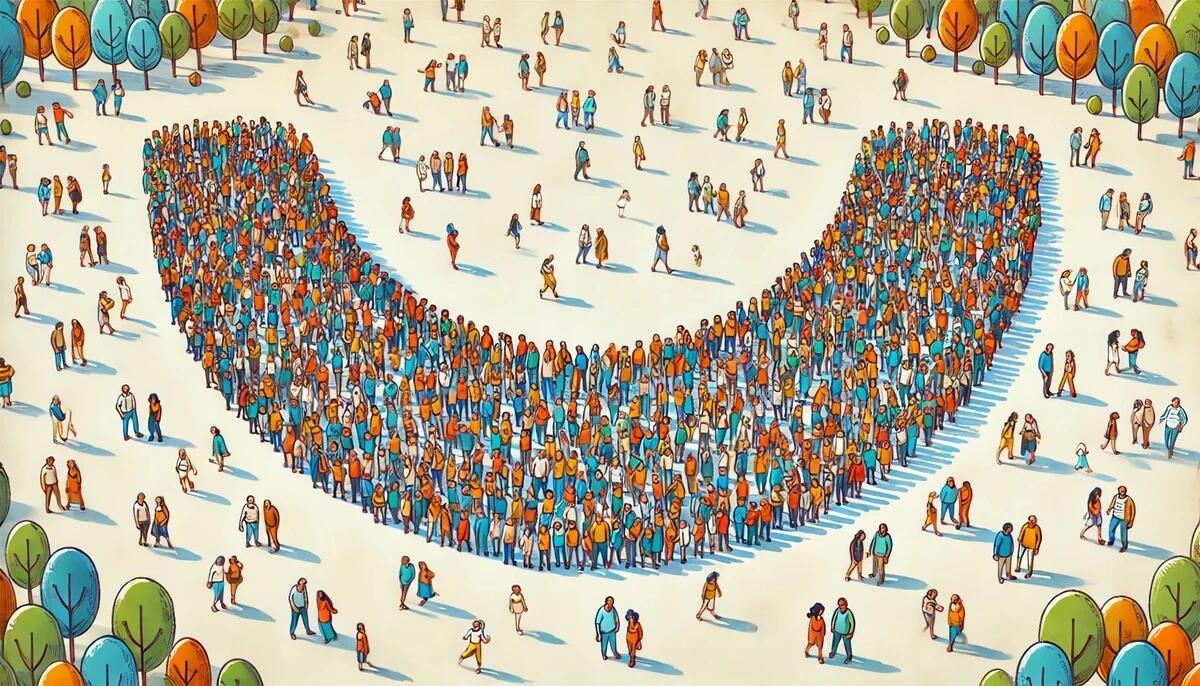The White Ink Myth: Unveiling the Truth About DTF Printing Base Layers
Don't be fooled by the "white ink myth"! Modern DTF printers automatically include a white ink base layer for vibrant, durable prints—so you can skip the unnecessary extra costs and marketing spin.

Introduction
Staying informed about the latest technologies and practices is crucial. Direct-to-Film (DTF) printing has emerged as a game-changer, offering versatility and high-quality results. However, some misconceptions persist—particularly regarding the use of a white ink base layer to enhance vibrance and durability. Certain claims suggest that only specialized processes or additional costs can achieve this effect. In reality, modern DTF printers inherently incorporate this step, making such claims misleading and potentially leading to unnecessary expenses. This article aims to clarify the facts and help you make informed decisions for your printing needs.
The Role of White Ink in DTF Printing
White ink plays a pivotal role in the DTF printing process. It serves as a base layer that enhances color vibrancy, ensures opacity on dark fabrics, and contributes to the overall durability of the print. This layer allows the overlaid colors to stand out vividly, providing a high-quality finish that meets professional standards.
Modern DTF Printers: Built-In White Ink Application
Advancements in DTF technology have streamlined the printing process. High-quality, industrial-grade DTF printers are designed to automatically apply the white ink base layer as a standard part of their operation. This integration means that every print produced already benefits from the enhanced vibrance and durability that the white ink provides, without requiring additional steps or costs.
Debunking the "Extra Step" Claims
Some providers suggest that they offer a unique advantage by including a screen-printed white ink base layer, implying that this step sets them apart in terms of quality. While it might sound like an added benefit, it's essential to recognize that this practice is standard in modern DTF printing. Marketing it as a special feature can be misleading, as it may lead customers to believe they're receiving an exclusive service worth extra investment.
Why Paying Extra Isn't Necessary
Since the application of the white ink base layer is an integral part of the DTF printing process, paying additional fees for this supposed "extra" step is unnecessary. Reputable printing companies with up-to-date equipment automatically include this in their services. By understanding this, you can avoid unnecessary expenses and ensure you're getting fair value for your investment.
The Importance of Choosing the Right Printing Partner
While the technology is important, the expertise of the printing company also plays a significant role in the final product's quality. Experienced professionals understand how to optimize their equipment and manage environmental factors like humidity and dust control. This expertise ensures that the white ink layer and subsequent color layers are applied flawlessly, resulting in a print that is both vibrant and durable.
Making Informed Decisions
As a consumer, it's crucial to look beyond marketing claims and understand the standard practices within the industry. Here are some tips to help you make informed decisions:
- Ask About Equipment: Inquire whether the printing company uses industrial-grade DTF printers that automatically apply the white ink base layer.
- Understand the Process: Request a detailed explanation of their printing process to ensure there are no unnecessary steps that incur additional costs.
- Check for Transparency: Choose companies that are transparent about their pricing and the technologies they use.
Conclusion
The inclusion of a white ink base layer in DTF printing is a standard practice essential for achieving vibrant and durable prints. Claims that position this step as a unique, value-added service may be misleading and could lead to unnecessary expenses. By understanding the realities of modern DTF printing technology, you can make informed choices that ensure you receive high-quality products without overpaying.
What People Are Saying
FIVE STARS!
"With Dmandprints, I’ve increased my business by over 30%, while saving both time and money. Their quality, service, and attention to detail have been outstanding—highly recommended!"

Essential Tips for Quality DTF Printing
Our guides are perfect for both beginners and seasoned print professionals. Discover valuable tips for creating artwork, mastering heat press techniques, and more. These resources ensure you achieve the best quality final product.
What Makes Dmandprints Different
Loading...
Popular Guides
Loading...
Creating Images for DTFs
Loading...
Feature Articles
Loading...
Q & A
Common Questions
Here are some quick questions and answers we frequently get about DTF prints and DMandPrints. We've placed them right here on the home page for your convenience!
Do you really think you have the best prints in the world?!
Do you really think you have the best prints in the world?!
Mmm... we think they’re pretty great—and we work relentlessly to keep making them better. It’s a bold claim (maybe even a little cocky), so we’ll let the results speak for themselves.
Do you sell printed garments?
Do you sell printed garments?
No, we only sell the prints.
You can purchase your own garment and a heat press to apply the heat transfer prints to your own garments. Our customers are typically small, medium and large screen printers that want to offer heat transfers as an alternative to their standard screen printing process.
Is Gang Sheeting Necessary for Your Artwork?
Is Gang Sheeting Necessary for Your Artwork?
There is no need to gang sheet your artwork.
We charge only for the actual print area. Our image processing system automatically removes any unnecessary transparent space around your image to accurately calculate the print area for our per-square-inch pricing.
Gang sheeting not only costs you time but can also cost you money. We can only trim transparent space around the edges of your artwork. If you create a gang sheet yourself, you might introduce unprinted space that increases the total square inches, leading to higher costs.
Summary
The easiest and most cost-effective way to get your prints is to simply upload your artwork. We'll handle the gang sheeting for you, saving you both time and money.
Are DTF prints better than traditional screen printing?
Are DTF prints better than traditional screen printing?
It's not a matter of being better or worse; DTF (Direct to Film) printing is simply an alternative to traditional screen printing. Both methods have their own unique advantages.
DTF heat transfers feel similar to screen-printed shirts and can often be more durable. Additionally, DTF printing allows for unlimited colors in a single print, providing flexibility for intricate and colorful designs. On the other hand, screen printing is well-loved for its ability to produce vibrant, long-lasting prints, especially in bulk.
Choosing between the two methods depends on your specific needs and preferences.
What types of fabrics can DTF prints be applied to?
What types of fabrics can DTF prints be applied to?
DTF prints can be applied to a variety of fabrics, including cotton, polyester, blends, leather, and even some non-textile materials.
Are DTF prints durable?
Are DTF prints durable?
Yes, DTF prints are known for their durability and can withstand multiple washes without fading or peeling.
Do DTF prints feel heavy or stiff?
Do DTF prints feel heavy or stiff?
No, DTF prints have a soft feel and do not add significant weight or stiffness to the fabric.
Can DTF prints be used for detailed and colorful designs?
Can DTF prints be used for detailed and colorful designs?
Yes, DTF prints are excellent for detailed and colorful designs, providing vibrant and high-resolution results.
Is DTF printing cost-effective for small batches?
Is DTF printing cost-effective for small batches?
Yes, DTF printing is cost-effective for both small and large batches, making it ideal for custom and limited-run designs.
Can I create DTF prints at home?
Can I create DTF prints at home?
While it's possible with the right equipment, most people prefer to use professional services for higher quality and ease of use.